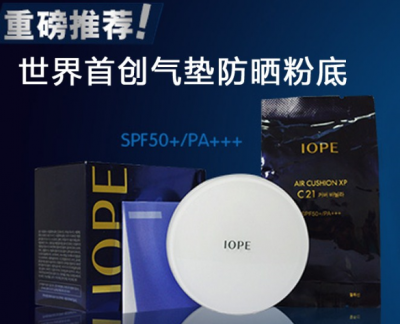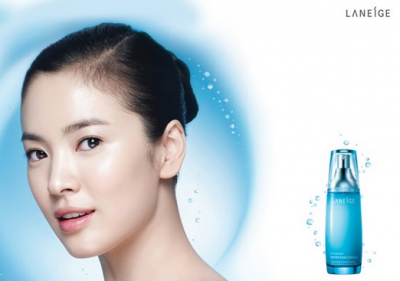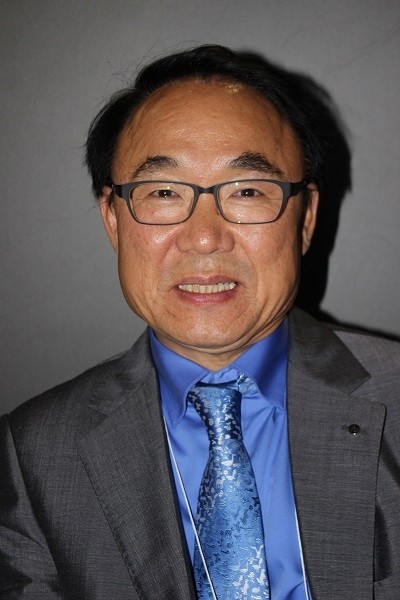AmorePacific raises the stakes in China with second manufacturing plant
The cosmetics maker has already been operating a facility in Shanghai at full capacity as it looks to meet rapid growth in China, and the new plant will expand the company’s capacity further.
According to AmorePacific, the factory will manufacture cosmetics products worth 1 trillion won (US$905 million) per year when it is completed.
Bolster sales
The new factory will help AmorePacific bolster its China sales to 700 billion won by 2015, said a company source.
The Korea-based firm is aiming to be one of the largest beauty brands in the world over the next eight years, following domination of its domestic market.
Speaking at the company’s 67th anniversary at its headquarters in Seoul, company chairman Suh Kyung-Bae vowed to turn Korea’s largest cosmetics maker into the world’s seventh largest beauty brand by 2020 through the expansion of its overseas business.
This year has already seen the company use its strength in its domestic market to boost prestige skin care sales, and expand into China with a beauty production and R&D centre, in order to accelerate business growth in China; and the new plant will add to this.
Key growth market
In fact, China has been singled out by the firm as a key growth market and integral to its expansion, much in the same way it was for Japanese manufacturer Shiseido.
According to market researcher Euromonitor, the cosmetics market in China is expected to be worth $40.4 billion by 2015.
In 2011, the AmorePacific’s Chinese sales soared 33.5 percent on-year to 190.8 billion won from 142.9 billion won the previous year, backed by the popularity of flagship brands Laneige and Mamonde.
With huge growth potential, the Chinese cosmetics market has become a key target for some of the industry’s big boys. Cosmetics companies such as Procter & Gamble and L'Oreal, which have strong footholds in the mid to high-end segments, have been intensifying their competition in the region.





![Latest developments from the South Korean beauty market. [Getty Images]](/var/wrbm_gb_food_pharma/storage/images/_aliases/wrbm_tiny/publications/cosmetics/cosmeticsdesign-asia.com/headlines/brand-innovation/korea-focus-able-c-c-kolmar-and-more-in-this-k-beauty-round-up/17357973-1-eng-GB/Korea-focus-Able-C-C-Kolmar-and-more-in-this-K-beauty-round-up.jpg)

![Able C&C has furthered its partnership with Japanese discount chain Daiso with new makeup launch. [A'pieu]](/var/wrbm_gb_food_pharma/storage/images/_aliases/wrbm_tiny/publications/cosmetics/cosmeticsdesign-asia.com/headlines/brand-innovation/a-pieu-and-daiso-launch-exclusive-2-makeup-line/17339117-1-eng-GB/A-pieu-and-Daiso-launch-exclusive-2-makeup-line.jpg)
![Down Under Enterprises is setting sights on the Asian market as environmental sustainability and traceability become increasingly important. [Getty Images]](/var/wrbm_gb_food_pharma/storage/images/_aliases/wrbm_tiny/publications/cosmetics/cosmeticsdesign-asia.com/headlines/market-trends/down-under-enterprises-shifts-focus-to-china-as-environmental-sustainability-traceability-come-into-the-spotlight/17304932-1-eng-GB/Down-Under-Enterprises-shifts-focus-to-China-as-environmental-sustainability-traceability-come-into-the-spotlight.jpg)
![News updates from Shiseido, Dr.Ci:Labo, Sephora, and more. [Shiseido]](/var/wrbm_gb_food_pharma/storage/images/_aliases/wrbm_tiny/publications/cosmetics/cosmeticsdesign-asia.com/headlines/brand-innovation/updates-from-shiseido-dr.ci-labo-sephora-and-more/17334944-1-eng-GB/Updates-from-Shiseido-Dr.Ci-Labo-Sephora-and-more.jpg)

![Clariant has underscored the importance of localisation strategies and distribution capabilities in China with beauty trends evolving at a rapid pace. [Getty Images]](/var/wrbm_gb_food_pharma/storage/images/_aliases/wrbm_tiny/publications/cosmetics/cosmeticsdesign-asia.com/article/2024/04/16/clariant-emphasises-importance-of-localisation-in-the-era-of-viral-trends/17327969-1-eng-GB/Clariant-emphasises-importance-of-localisation-in-the-era-of-viral-trends.jpg)
